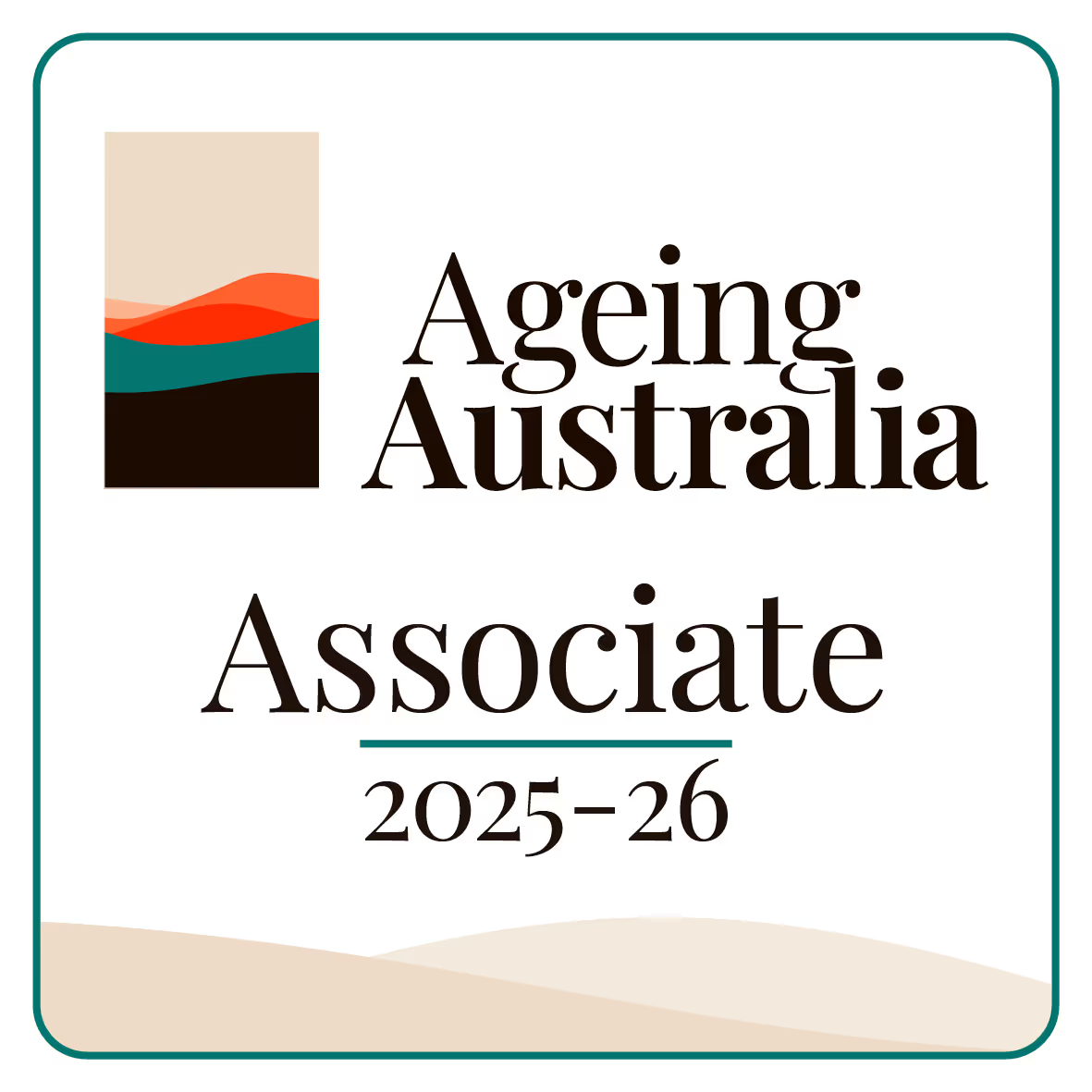What is the Australian National Aged Care Classification (AN-ACC)?
The Australian National Aged Care Classification (AN-ACC) is a system used to describe the care needs of older people who live in aged care settings. This classification system helps to match the level of care provided to the individual needs of each resident. It is a clear and simple tool that shows what types of services are needed and helps to guide the funding of aged care services. The AN-ACC makes it possible for government bodies and care providers to work together so that every resident receives the right support.

Why the AN-ACC is Used
The AN-ACC is used to decide how much funding each aged care service receives from the government. The system is designed to record the care needs of each resident in a clear way. When a resident is assessed, the information is used to place them into a particular category that matches their care requirements. This process helps to keep the funding process fair and simple. Families and residents can see that the care provided is based on the recorded needs of the person. In this way, the AN-ACC is a key part of making sure that older people get the proper services that match their needs.
How the AN-ACC Works
When a resident is assessed for aged care, trained professionals record details about their physical, mental, and social care needs. They write down information about the resident’s health, abilities, and personal care requirements. This detailed information is then used to assign the resident to a classification category in the AN-ACC system. Each category is written in simple language so that every person can understand it. The classification is used by government bodies to decide on the level of funding that each aged care service should receive. This process is clear and documented so that there is a transparent record of how decisions are made.
Key Features of the AN-ACC

The AN-ACC has several clear features that make it an important tool in aged care:
- Clear Categories: The system uses clear and well-defined categories to record the level of care that a resident needs.
- Recorded Information: Details of a resident’s care needs are recorded in a simple report. This report is used to match funding levels to the needs of each person.
- Transparent Process: The classification process is open and explained to both care providers and families. This transparency helps to build trust in the system.
- Regular Reviews: The resident’s care needs are reviewed regularly so that any changes are captured. This means that the care plan and the funding can be updated in a clear and simple way.
Benefits for Residents, Families, and Care Providers
When the AN-ACC is used, residents receive care that is closely matched to their personal needs. This makes the care process fair and clear. Families feel confident knowing that the care plan is based on detailed information about the resident. Care providers benefit from a clear set of guidelines that help them to plan and manage the services they deliver. With a focus on recording every detail, the AN-ACC system helps everyone involved to work together with clarity and respect.
Final Thoughts
The Australian National Aged Care Classification (AN-ACC) is an important system in the aged care sector. It gives a clear guide to what type of care is needed for every resident and helps to determine the funding that supports these services. By recording the care needs in a simple and transparent way, the AN-ACC helps to build a trusted environment for older people. The system supports a clear, fair, and respectful aged care service that benefits residents, families, and care providers alike.






